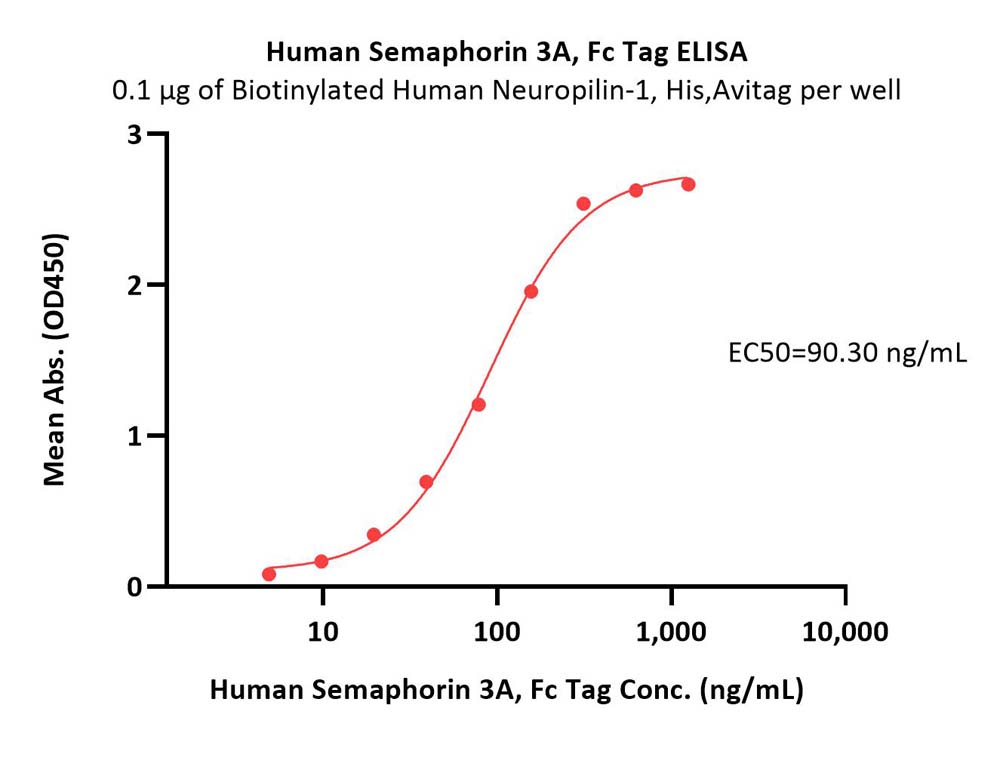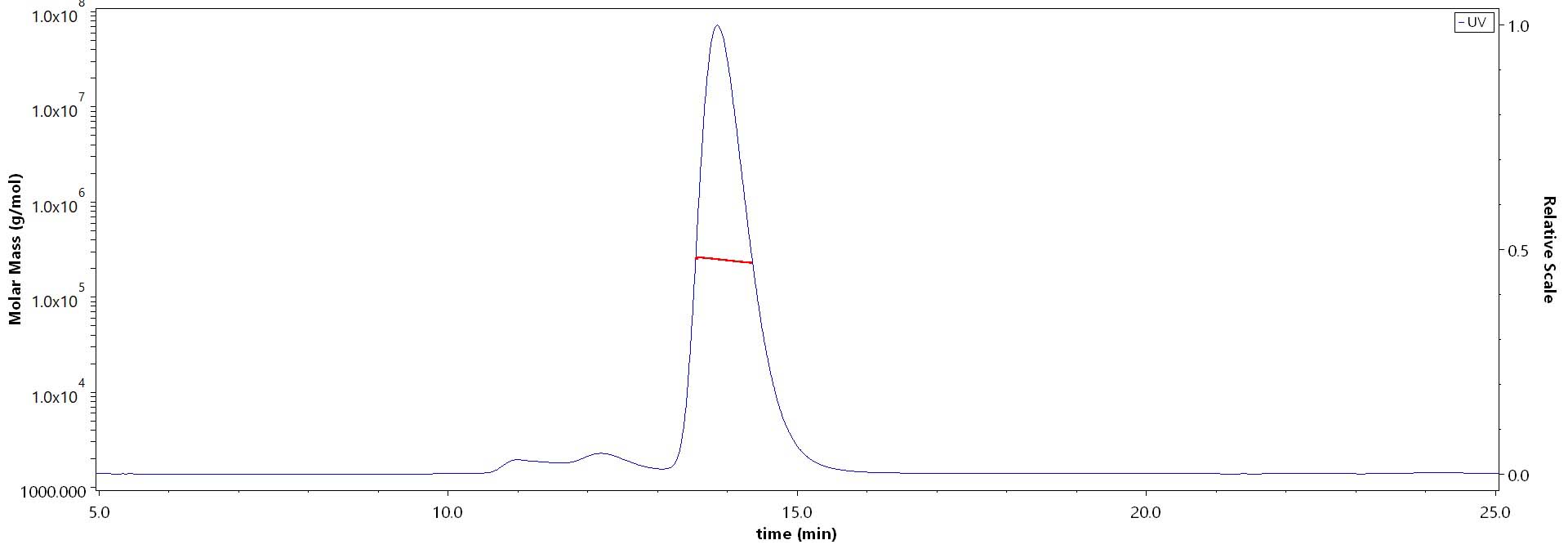



























 Limited Edition Golden Llama is here! Check out how you can get one.
Limited Edition Golden Llama is here! Check out how you can get one.  Limited Edition Golden Llama is here! Check out how you can get one.
Limited Edition Golden Llama is here! Check out how you can get one.
 Offering SPR-BLI Services - Proteins provided for free!
Offering SPR-BLI Services - Proteins provided for free!  Offering SPR-BLI Services - Proteins provided for free!
Offering SPR-BLI Services - Proteins provided for free!
 Here come GMP Grade Cytokines!Free Sample is available!
Here come GMP Grade Cytokines!Free Sample is available!  Here come GMP Grade Cytokines!Free Sample is available!
Here come GMP Grade Cytokines!Free Sample is available!
| 제품번호 | 종 | 제품 설명 | 구조 | 순도 | 특징 |
|---|---|---|---|---|---|
| SEA-H5259 | Human | Human Semaphorin 3A / SEMA3A Protein, Fc Tag (MALS verified) |

|
||
| SEA-H5257 | Human | Human Semaphorin 3A / SEMA3A Protein, Fc Tag |  |

|

Immobilized Biotinylated Human Neuropilin-1, His,Avitag (Cat. No. NR1-H82E3) at 1 μg/mL (100 μL/well) on streptavidin (Cat. No. STN-N5116) precoated (0.5 μg/well) plate can bind Human Semaphorin 3A, Fc Tag (Cat. No. SEA-H5257) with a linear range of 5-156 ng/mL (QC tested).

The purity of Human Semaphorin 3A, Fc Tag (Cat. No. SEA-H5259) is more than 90% and the molecular weight of this protein is around 220-269 kDa verified by SEC-MALS.
This web search service is supported by Google Inc.





